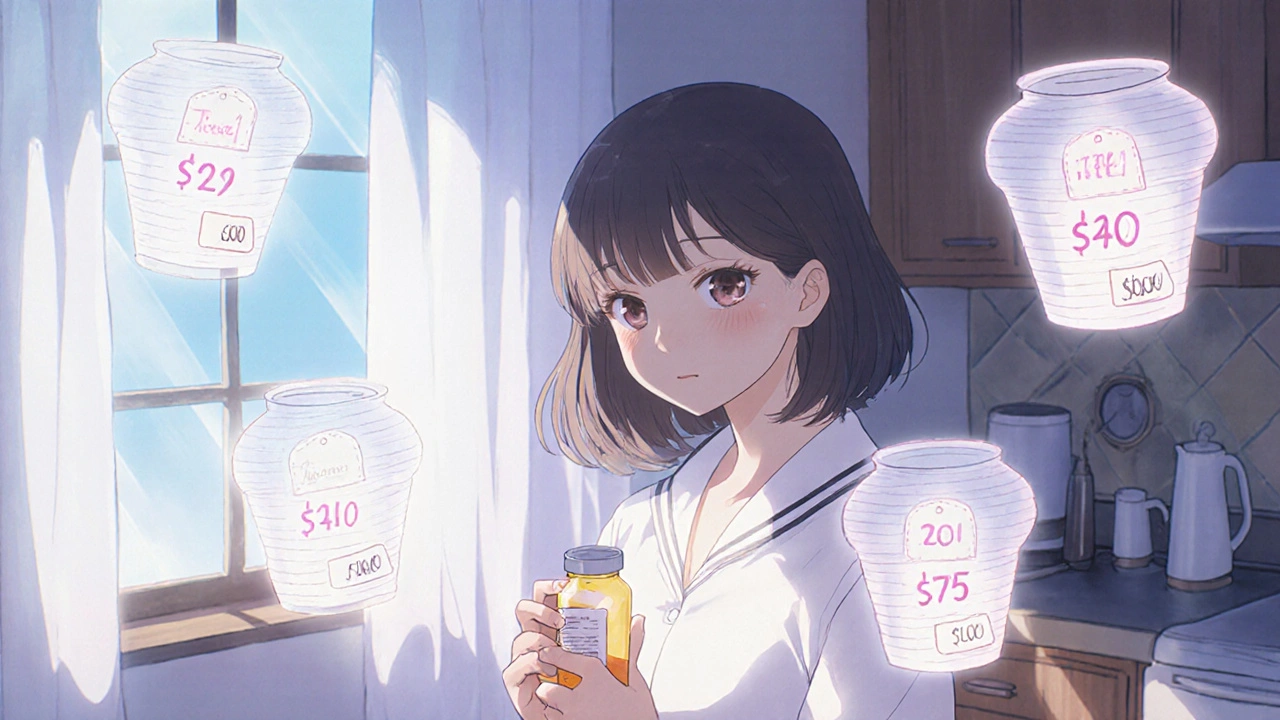Formulary Tiers Explained: How Drug Lists Affect Your Prescription Costs
When your insurance covers a drug, it doesn’t mean you pay the same price for every medication. That’s because of formulary tiers, a system pharmacies and insurers use to categorize drugs by cost and clinical value. Also known as drug formulary levels, this structure tells you exactly how much you’ll pay out of pocket — and why some generics cost pennies while brand-name drugs can run hundreds. It’s not random. Each tier has a rule: the higher the tier, the more you pay.
Most formularies have four to five tiers. Tier 1 is usually generic drugs — the cheapest, often under $10. Tier 2 is preferred brand-name drugs, still covered well but pricier. Tier 3 is non-preferred brands — you pay more because your plan wants you to try cheaper options first. Tier 4 is specialty drugs, like those for cancer or multiple sclerosis, where you might pay 30-50% of the cost. And Tier 5? That’s the rare, ultra-expensive meds, sometimes requiring pre-approval or appeals. This system isn’t just about saving money for insurers — it’s designed to nudge you toward drugs proven to work well and cost less. But it doesn’t always match what your doctor thinks is best. That’s why you’ll see posts here about generic substitution, how insurers replace brand-name drugs with cheaper FDA-approved versions, and why it’s safe in most cases. You’ll also find guides on drug interactions, how certain meds like calcium or iron can block absorption, and why your pharmacist might question a combo like allopurinol and azathioprine. These aren’t just side notes — they’re part of the bigger picture of how your formulary works.
Knowing your formulary tiers lets you ask the right questions. Why is my med in Tier 3? Is there a generic? Can I appeal? You’ll find real examples here — from comparing Samsca and tolvaptan alternatives to understanding how metformin dosing changes with kidney function. You’ll see how workers’ compensation systems use formularies to cut costs without risking safety, and how FDA warnings can shift which drugs make it onto the list. This isn’t theory. It’s what you pay at the pharmacy counter. The posts below give you the tools to navigate this system, spot hidden savings, and push back when your coverage doesn’t match your needs.

Employer Health Plans and Generic Medications: How Formularies Control Your Prescription Costs
Employer health plans use tiered formularies to prioritize generic drugs, cutting prescription costs by up to 85%. Learn how these systems work, why your copay changes, and how to ensure you're getting the best value for your medications.
